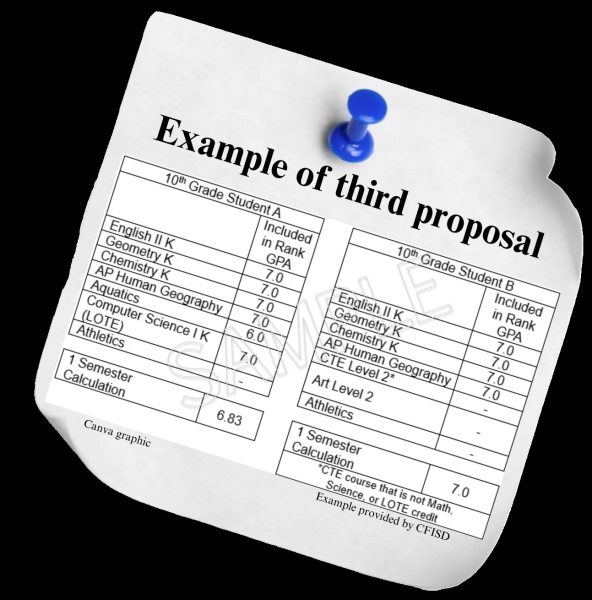#Changestartswithme Letter Writing Campaign
Day Three of #Changestartswithme Week Of Kindness
Students review the letter writing recommendations and tips provided by Leah Stephanow.
On Wednesday, April 18, Government and Street Law teacher Leah Stephanow instructed students on advocating during a letter-writing campaign. Students learned who they could write to and how to write a letter or email that could produce change. Some of the steps Stephanow gave to students included:
- Know the context. What legislature is currently in place and what is on its way? “One that March For our Lives is pushing is to raise the age,” Stephanow said. “Now to raise the age, that’s pretty much going to be a state level thing. There’s an assault weapon’s ban bill in Congress right now.”
- Do your research. Know your own view and your opposition’s view when writing your letter or email. There are a lot of opinions out there, but make sure you have your own.
- Write to your state representative first. Although you can write to anyone you want, this would be an effective person to inform of your opinion.
- Schedule a meeting with your state representative. A good place to start would be on their website. This is where their contact information would be. And before you meet, “have all your ducks in a row,” Stephanow said. Know what you’re asking for before you walk in to shake their hand.
While it is obvious that most politicians do not read all the letters or emails they receive, interns or employees do read letters to record data trends. So if enough people request a certain action through letters, the politician will be informed.
You can be the start of a trend that picks up a politician’s notice. Voice your opinions now by writing a letter. Your first step could be choosing a Texas Representative to send a quick message to from their website below:
http://www.house.state.tx.us/members/
Your donation will support the student journalists of Cypress Woods High School. Your contribution will allow us to purchase equipment and cover our annual website hosting costs.





